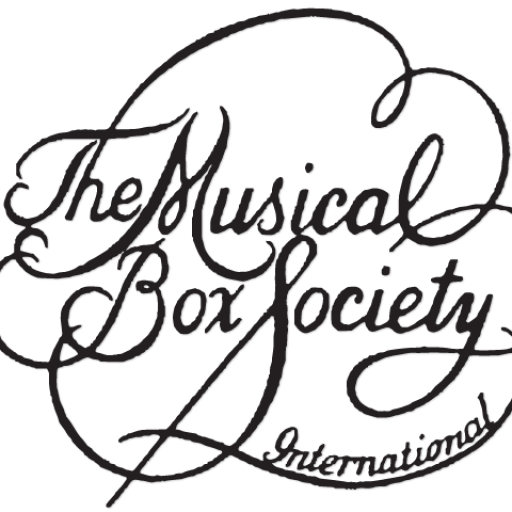The following list primarily includes the names of companies, products, and distributors that are published in the book The Golden Age of Automatic Musical Instruments by MBSI member Arthur A. Reblitz, published by the Mechanical Music Press, Woodsville, New Hampshire; copyright 2001, ISBN: 0970595107. They are used here with permission of the author and publisher. Permission is granted for writers to use a limited number of brief excerpts provided credit is given to the MBSI web site, the title of the original work and the author. Written permission is required for all other uses. For a comprehensive list with many more music box brand names and makers, see Arthur W.J.G. Ord-Hume’s The Musical Box. For all types of automatic instruments, refer to Q. David Bowers’ The Encyclopedia of Automatic Musical Instruments. Both references are listed in the MBSI Reading List.
